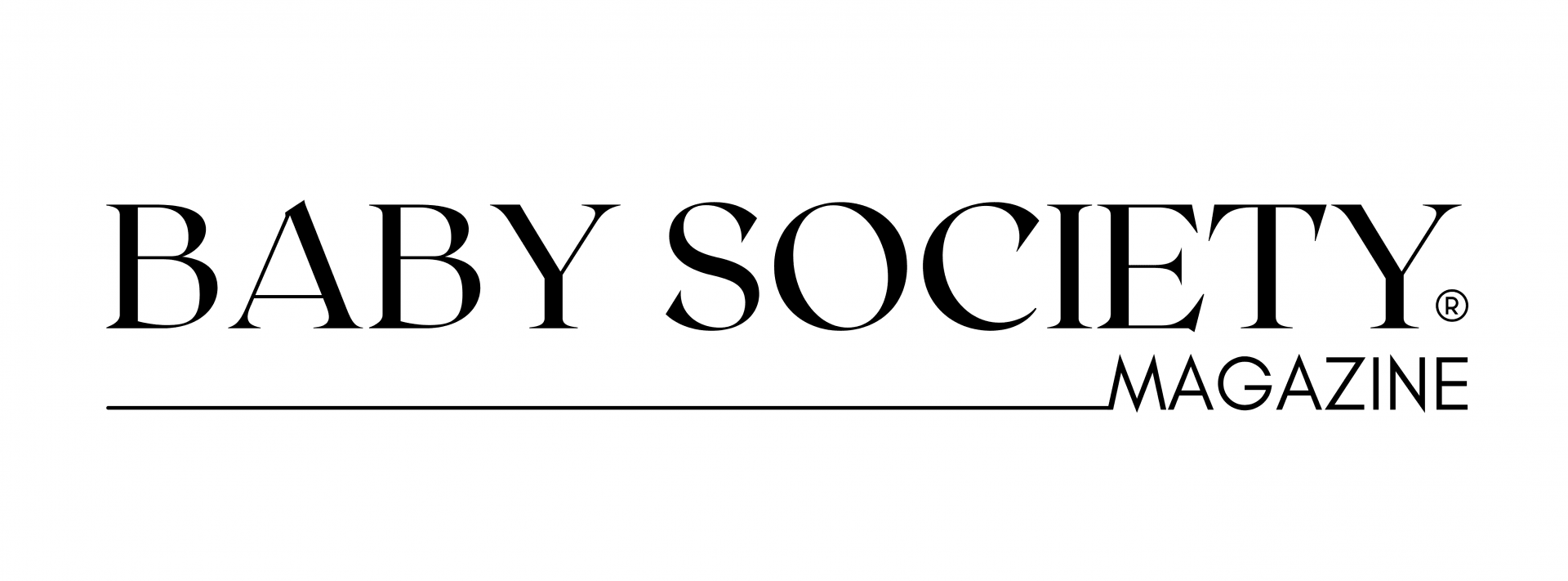BY Autumn Wake
Advanced Breastfeeding Support
Unleashing our Superpower: Breastfeeding

In the realm of parenting, breastfeeding stands out as one of the most remarkable superpowers that mammals possess- it also seems to be one of the most difficult for the human species. Amidst the sea of information available today, the subject of breastfeeding often brings confusion and conflicting advice. Feeding is the benchmark of survival for any species … why is it so hard for so many of us?
As a lactation consultant, I frequently look at the feeding behaviors observed in other mammals. One striking difference in the human experience of milk production is our interference with the natural processes of pregnancy and birth. Unlike most mammals, human pregnancy and birth are subjected to a rigid assembly line of interventions.
It is apparent, a barrier to effective breastfeeding lies in our misunderstanding of our bodies’ inherent wisdom in birth and making milk. Human bodies are meticulously designed for breastfeeding. This process begins early in pregnancy, with glandular milk tissue developing around 10-12 weeks gestation.
Golden Hour
By 22-24 weeks, these tissues usually begin to utilize their function. Yes, there is milk/colostrum before your baby arrives! Every subsequent step thereafter hinges on the events during and following birth. With the delivery of the baby and placenta, there’s a hormonal shift to a demand-driven system. Ideally, we need baby to start suckling at the breast as soon as possible- we call this the “golden hour.” However, we would probably be more successful if we didn’t focus on this hour but the first few days instead.
Immediately after birth, the responsibility for milk supply transfers to the newborn, as long as we give them uninterrupted access to the breast. Sadly, miseducation often leads to unnecessary supplementation due to misconceptions about milk needing to “come in.” Colostrum, the early milk should be all that baby needs, coupled with uninterrupted access through frequent skin-to-skin, aids successful breastfeeding.
Milk Volume
Milk volume increases as we continue to demand it, and it usually starts to increase between days 3-5 postpartum. However, this onset of volume increase is often disrupted by the interventions in birth- inductions, IV fluids, Pitocin, and cesareans have been shown to inadvertently disrupt our body’s transition and ability to increase our milk volume or “milk coming in.”
It takes time and patience, but your baby can latch with minimal assistance! We often call this the “breast crawl,” but it is not just useful in the moments after birth, but those first few weeks we are learning to feed with our baby. Embrace your inner momma cat, lay in bed, and practice with your baby!
In harnessing the superpower of breastfeeding, acknowledging our mammalian heritage is key. Aligning with the natural course of pregnancy, birth, and nurturing the instinctive wisdom both mother and baby possess, paves the way for a successful breastfeeding journey. It’s time to respect and tap into the timeless art encoded within us – the superpower that transcends species.
